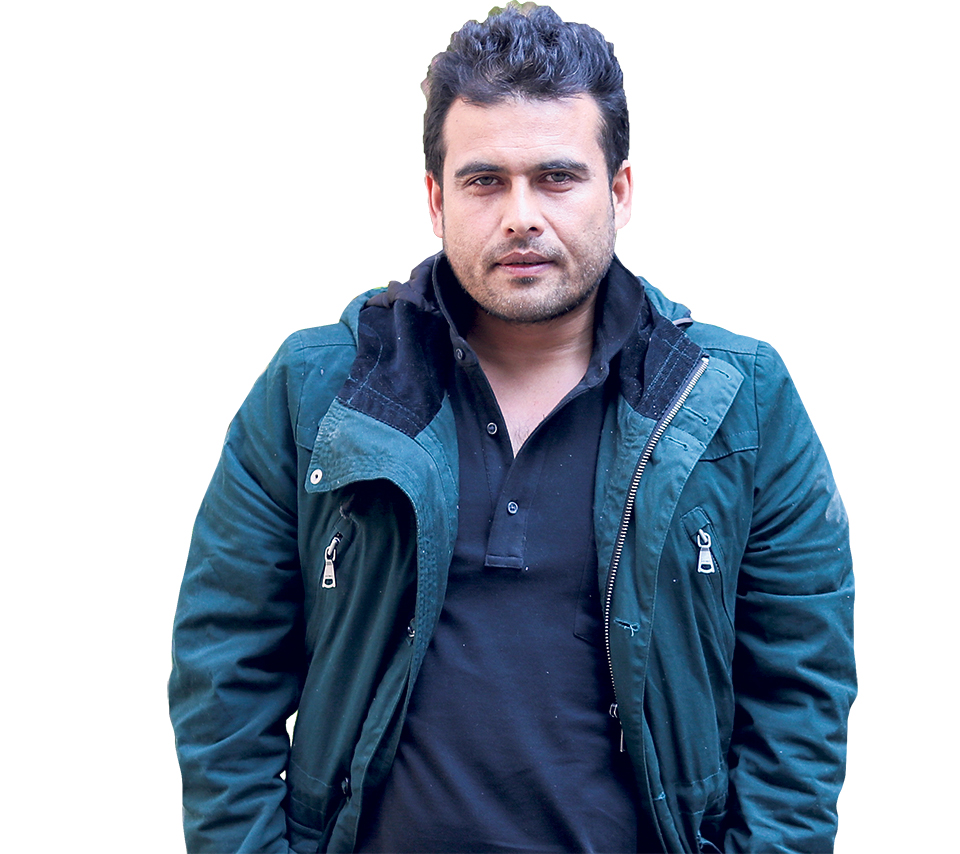Cham: The Dance Meditation (With Video)
5 years ago

5 years ago

5 years ago

5 years ago

5 years ago

5 years ago

Loquacious with his thoughts and views, Dinesh Raut believes in speaking through his film visuals. He set off his professional journey with the NTV Serial ‘Diary’ in 1997. He worked as an assistant director in the movie ‘Mero Euta Sathi Cha’ before moving into directing. He debuted as a director with ‘I am Sorry’ in 2012. Further helming films like ‘November Rain’, ‘Classic’, and his 2017 directorial ‘Parva’ garnered much accolades in the industry. A usually romantic storyteller in his directorial, he prefers experimenting with other genres to enhance his craft in film making. Seeking his long term career in film making, Raut is currently prepping for his new directorial ‘Prasad’ which is to be released on December 7.
In an interview with My City’s Sonam Lama, Raut talked about his two-decade journey in filmmaking domain.
What genres do you specialize in? How is Prasad different from your past directorial ventures?
I started my film making career with romantic genres. However, as film making is a creative visual art, I decided to try out doing genres that were different to my forte. ‘Parva’ was the first thriller movie under my belt that gathered much appraisal. It also marked the beginning of my exploring into various other film genres. Prasad is a glimpse of the struggles and conflict of a long-married childless couple. For me, the movie is different in a way that the storyline is something opposite to what I have worked on so far.
How challenging is it from scripting to screening a movie?
The feel with which you connect or relate to while conceptualizing the script should visually reflect in the movie. As film making is more of an art of narration, your visualization in the script is crucial to craft the storyline. This is where the challenge of narration determines the mastery of film making. I believe it’s quite a work for every film maker to accomplish. Technical parts weigh much importance, but not to the extent of overshadowing the content of films. Moreover, screenplay, cinematography along with other elements should also simultaneously complement the narratives.
If you could make the remake of any Nepali classic, which one would you go for?
I draw inspiration from real life events and incidents to make movies. I prefer pondering and exploring the spheres of non-fictions. One of the Nepali classics that I ever planned to remake was ‘Saino’. However, having some copyrighting issues with the film, the project could not develop. Talking about books, I could think of working upon my concept and visualization on projecting ‘Seto Dharti’ by Amar Neupane in screens. For now my motive is to analyze the content and its ability to influence and move my thoughts to film making.
Nepali films have started drawing large audiences now. However, there is a glaring gap for the film industry to mitigate. How do you think we can draw audiences?
As we are more exposed to international contents through social media, they definitely seem to influence our thoughts and actions. Being exposed to international content has its own set of benefits and downsides depending on a varied number of viewers. The influence of international content is favorable as long as it helps to make national content more professional and highly competent. Paying attention to every minute detail of film making, encouraging research based content and applying out-of-the-box ideas can certainly prove commercially and aesthetically effective for the Nepali film industry.
Do you find a scenario of this film industry improving in the coming years?
With many young film makers coming up with innovative ideas and execution, I anticipate Nepali film industry to be booming in forth coming days. I find many works have not been appreciated or criticized despite having an appreciable or off-putting works respectively in the industry. I feel such practices should be discouraged. A film maker should better be criticized by his/her work but not by their tags and associations that they seem to bring forth.
Leave A Comment